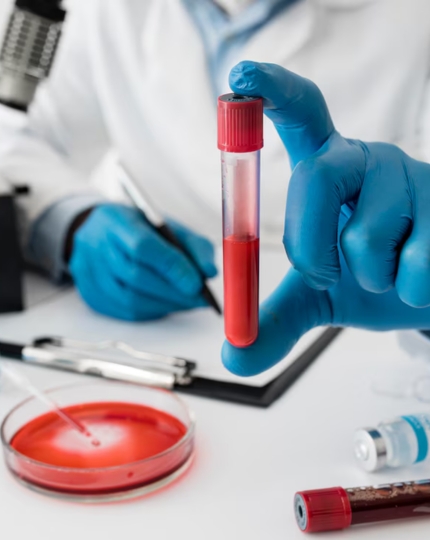Haematology
The Hematology Department specializes in the diagnosis and management of blood disorders, playing a crucial role in understanding various conditions that affect blood health, including anemias, leukemias, and clotting disorders. Hematologists conduct a range of diagnostic tests, such as complete blood counts and bone marrow biopsies, to accurately assess blood health and identify underlying issues. They are also involved in cutting-edge research and clinical trials aimed at discovering new treatments, ensuring patients receive the most advanced care possible. Collaborative in nature, the department works closely with other specialists to provide comprehensive care, while prioritizing patient education to empower individuals in managing their conditions. By focusing on accurate diagnosis, ongoing monitoring, and patient support, the Hematology Department is essential for improving patient outcomes and enhancing the quality of life for those with blood-related health concerns.

